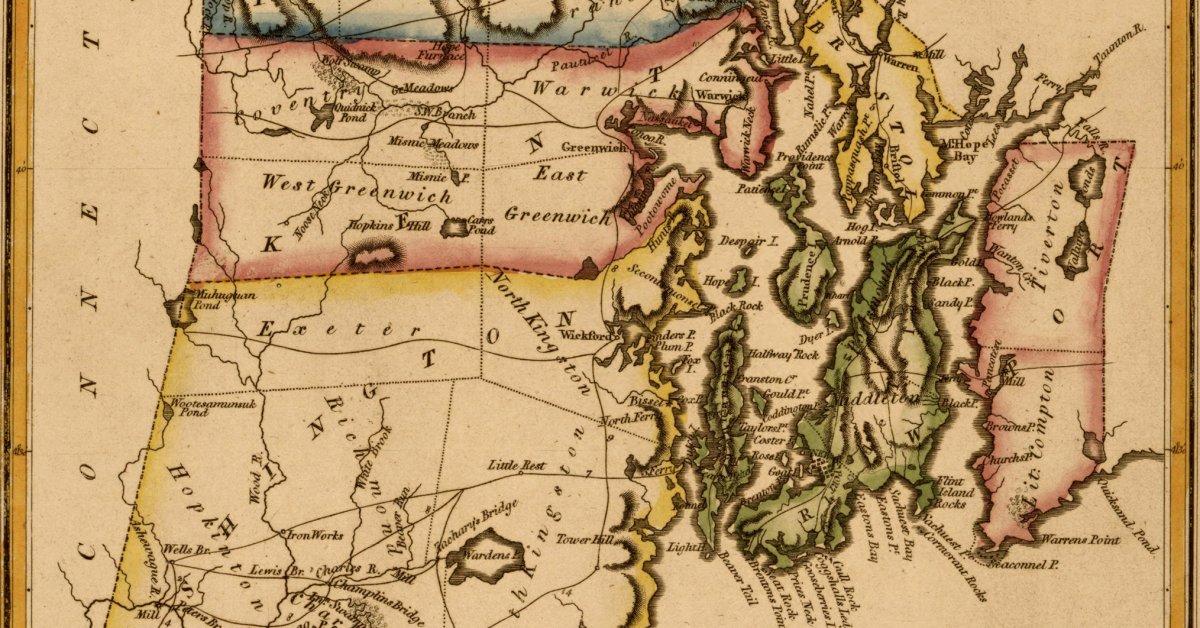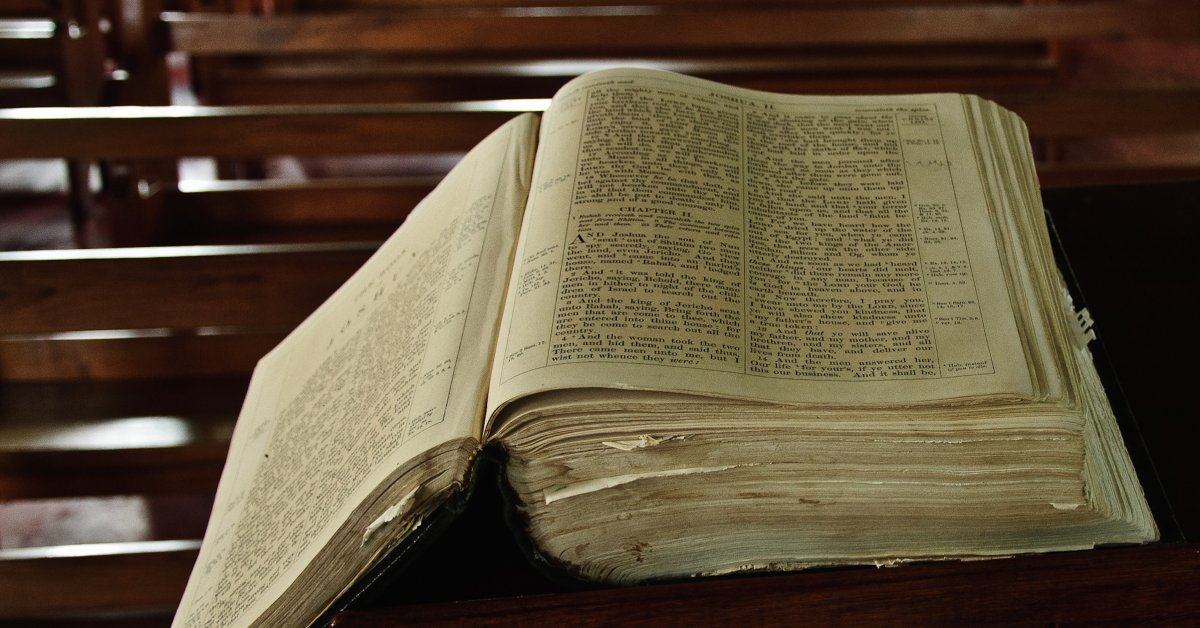Let's help Molly understand how much slavery impacted all kinds of people who she wants to absolve by trying to say they did not own slaves.
ALL RISE!
This mornings lesson:
It Doesn't Matter Who Didn't Physically Own Slaves!
“By a conservative estimate, in 1860 the total value of slaves was atleast ten times more than the gold and silver then circulating nationally ($228.3 million, “most of it in the North,” the authors add), total currency($435.4 million), and even the value of the South’s total farmland ($1.92billion). Slaves were, to slavers, worth more than everything else they could imagine combined.”
That is a conservative estimate, meaning the amount could be farmore. In 1860, Slaves were worth more than the gold, silver, total U.S.currency, plus all the farmland in the South combined in 1860.
During slavery, wealthy slave owners securitized slavery. That’s right. I said they securitized slavery. Slave owners created and sold slave-backed securities. Let me repeat, slaveowners securitized slavery, and the securities were sold internationally.Wall Street should be called Slavery Street; this is the cold reality on which American capitalism has been built.
In the 1830s, powerful Southern slaveowners wanted toimport capital into their states so they could buy moreslaves. They came up with a new, two-part idea:mortgaging slaves; and then turning the mortgages into bonds that could be marketed all over the world.
First, American planters organized new banks, usually innew states like Mississippi and Louisiana. Drawing up listsof slaves for collateral, the planters then mortgaged them tothe banks they had created, enabling themselves to buy additional slaves to expand cotton production. To provide capital for those loans, the banks sold bonds to investors from around the globe — London, New York, Amsterdam,Paris. The bond buyers, many of whom lived in countries where slavery was illegal, didn’t own individual slaves —just bonds backed by their value. Planters’ mortgage payments paid the interest and the principle on these bond payments. Enslaved human beings had been, in modern financial lingo, “securitized.”
As slave-backed mortgages became paper bonds, everybody profited — except, obviously, enslaved African Americans whose forced labor repaid owners’ mortgages. But investors owed a piece of slave-earned income. Older slave states such as Maryland and Virginia sold slaves to the new cotton states, at securitization-inflated prices, resulting in slave asset bubble. Cotton factor firms like the now-defunct Lehman Brothers — founded in Alabama — became wildly successful. Lehman moved to Wall Street, and for all these firms, every transaction in slave-earned money flowing in and out of the U.S. earned Wall Street firms a fee.
The infant American financial industry nourished itself on profits taken from financing slave traders, cotton brokers and underwriting slave-backed bonds. But though slavery ended in 1865, in the years after the Civil War, black entrepreneurs would find themselves excluded from a financial system originally built on their bodies.
-Edward E. Baptist and Louis Hyman, American Finance Grew on the Back of Slaves
American Finance Grew on the Back of Slaves By Edward E. Baptist and Louis Hyman Chicago Sun-Times.com March 7, 2014 Last weekend we watched the Oscars and, like most people, were pleased that “T…

norbertobarreto.blog
So what this shows is that you didn't have to own a human to own slaves and millions of people worldwide owned slaves and profited from slavery through the purchase and ownership of slave backed securities. Simply put, there is no excuse right wing whites can make to deny their control of the slave industry in America.
10 times more blacks were bred in America than "sold by africans" to whites. Millions of whites owned slaves even though they did not physically own a human being. So it's simply time that right wing whites faced the truth and become a real part of the reconciliation process we need in America to make things right.
Here endeth the lesson.





